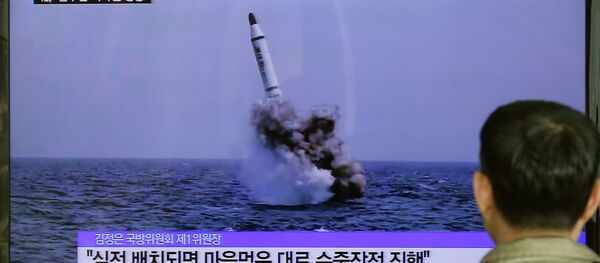After the United Nations issued harsh new sanctions against the DPRK over its recent nuclear and ballistic missile tests, Pyongyang responded by launching a series of mid-range missiles into the ocean.
Now the North Korean government appears to be using a new technique to irritate South Korea and its ally, the United States. According to officials in Seoul, Pyongyang has been jamming Global Positioning System signals since late last month.
"An assessment showed that North Korea’s near daily GPS-jamming activity seems to be targeting aircraft navigation equipment," an intelligence source told Yonhap News Agency, speaking on condition of anonymity.
While the jamming, reported on at least 100 separate occasions, has successfully complicated the flights of 962 planes, it has also ensnared 700 fishing vessels and a handful of unlucky cell phone towers.
South Korean officials maintain that the jamming attempts did not result in any serious disruptions and that all aircraft rely on a jam-proof Inertial Navigation System (INS) as a backup.
Pyongyang has carried out radar jamming operations in the past. These are conducted with truck-mounted transponders allegedly imported from Russia, and have a range of roughly 30 to 60 miles, the Chosun Ilbo reported.
An incident in 2012 was reportedly strong enough to disrupt automobile navigation systems in Seoul.
Pyongyang deployed the technology primarily as a safeguard against GPS-guided missiles possessed by the United States and South Korea.
The jamming attacks come as South Korea’s Information and Communication Technology (ICT) Minister Choi Yang-hee conducts an inspection of military facilities to determine the country’s readiness in the event of a cyberattack.
After visiting the military’s Cyber Command, Choi encouraged personnel to maintain "watertight" security readiness.






